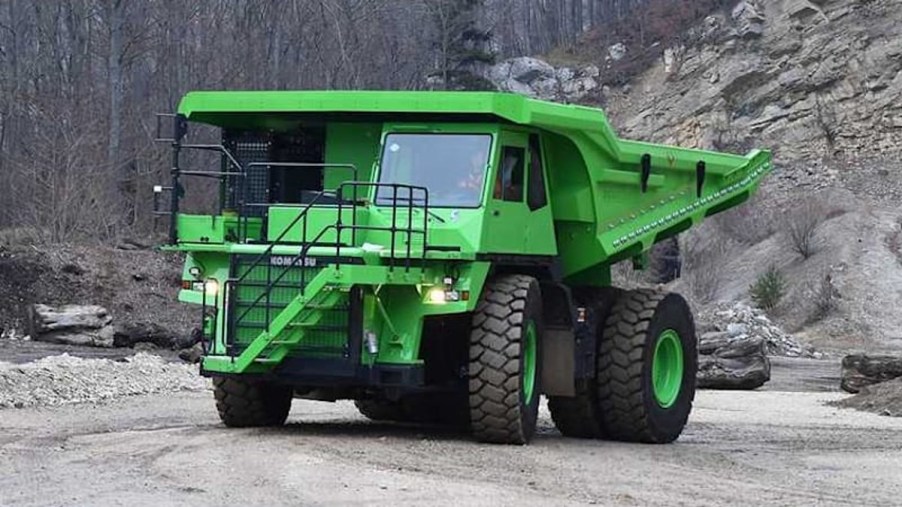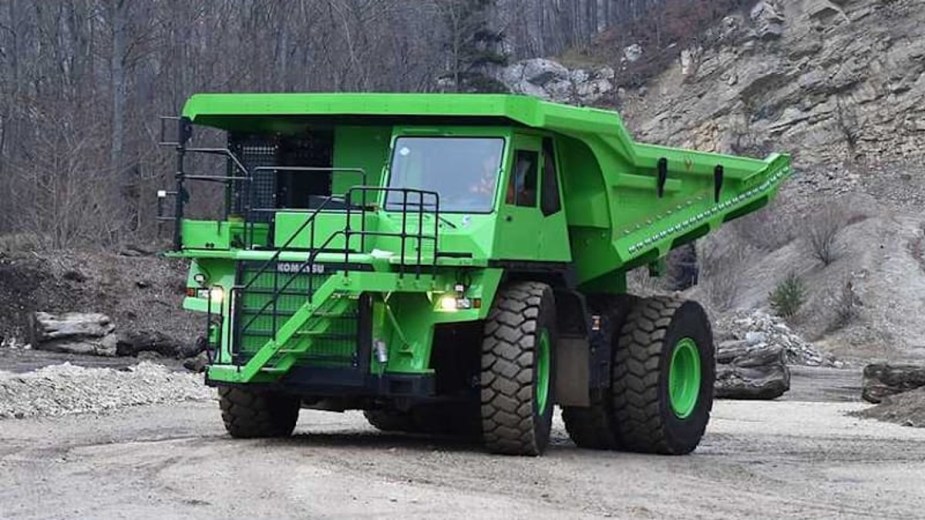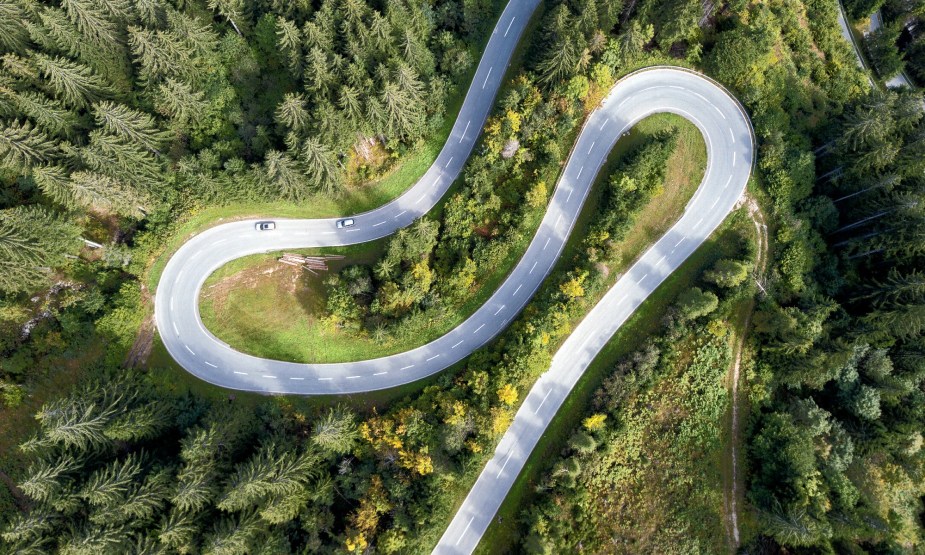
Could Future Electric Trucks Replenish the Power Grid?
Some of the toughest terrains in the world could be used to create excess energy and replenish the power grid in hard-to-reach areas. Where could this take place? To begin with, this could happen in mountainous regions using electric trucks to supply power to the power grid in the area. While it sounds far-fetched, it’s already working in some regions; here’s how.
Gravity, oh that heartless force we love to curse

For most of us, especially those with a few excess pounds around the middle, gravity is our enemy. We curse it, mostly when we step on the Big Fat Liar (our bathroom scale), whenever we want to see what number shows up. Even though we don’t like gravity for our personal weight, it could be the driving force to supply a large amount of electric power to the energy grid in mountain regions.
Could electric trucks solve the hydroelectric energy challenge?

Science Direct suggests electric trucks could be the key to a simpler hydroelectric energy capture. We know that running water, which must flow downhill, is one of the most natural and sustainable electric energy sources. Unfortunately, this current system of collecting energy is harmful to the local environment.
Mountain roads provide the perfect source of energy capture in electric trucks

Using mountain roads, electric trucks, and water, it is possible to generate more electric power than the trucks need. Science Direct proposes a system where empty trucks driving up the mountain load up with water at the top. Using this extra weight and the regenerative braking system, the truck can generate more energy than needed to return to the top. Upon return to the bottom of the mountain, a system drains the excess energy into the electric grid of a mountain region.
Does this system disrupt the natural flow of water?
Using trucks filled with water instead of a traditional hydroelectric dam and canal system is much less disruptive to the water flow. All rivers and streams in mountain regions flow downward. The water would simply ride in a truck on the way down instead of following its normal route. Of course, unless dammed off, the change to the amount of water would be minimal. Most rivers and streams would still flow freely from the top to the bottom of the mountain.
Autonomous electric trucks can take this even farther
Imagine some remote areas where the road paved up the side of a mountain is only used to create electricity to supply the power grid for the area. In this case, the road and the truck could be linked to allow continual production and operation at all times. This eliminates the need for a driver during those speedy downhill runs with the brakes engaged. Adding an autonomous element to this process would make it even more efficient.
It’s not crazy; systems similar to this are already in use
It sounds like a bit of witchcraft to have autonomous electric trucks supply electric power by carrying heavy loads of water down a mountain, but it’s not. Jalopnik notes that some mining operations currently use a similar process. In fact, some electric trains that regularly travel down steep slopes never need recharging due to regenerative braking.
Imagine moving this system using something as simple as the gravitational force of the earth, water, and regenerative braking to provide a continuous supply of electricity to mountainous areas. Could the future involve expanding this operation to supply electricity to larger areas? Possibly.



